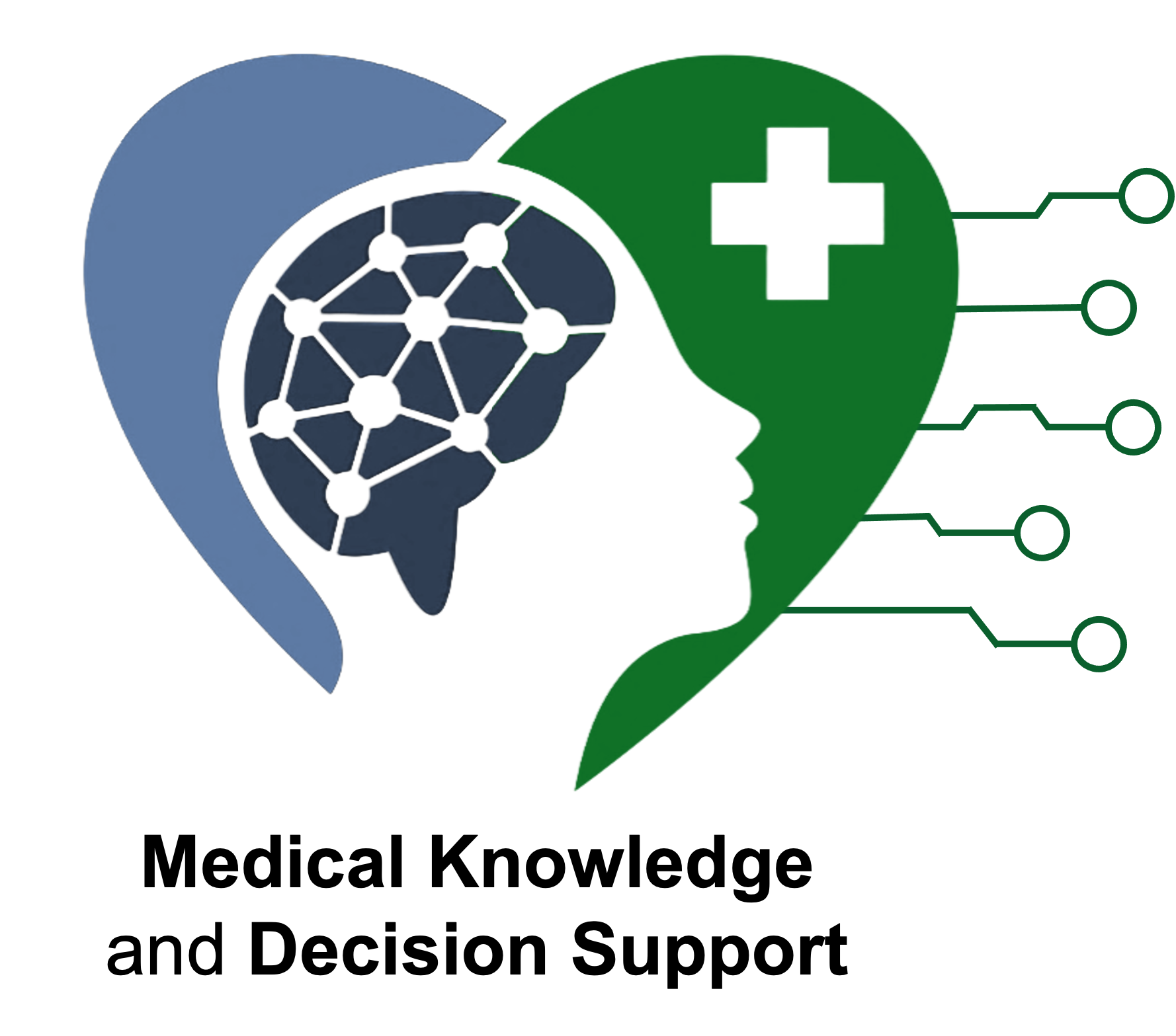For a full list of publications, see Google Scholar.
Highlights from recent publications:
Chebifier: automating semantic classification in ChEBI to accelerate data-driven discovery (10.1039/D3DD00238A)
Connecting chemical structural representations with meaningful categories and semantic annotations representing existing knowledge enables data-driven digital discovery from chemistry data. Ontologies are semantic annotation resources that provide definitions and a classification hierarchy for a domain. They are widely used throughout the life sciences. ChEBI is a large-scale ontology for the domain of biologically interesting chemistry that connects representations of chemical structures with meaningful chemical and biological categories. Classifying novel molecular structures into ontologies such as ChEBI has been a longstanding objective for data scientific methods, but the approaches that have been developed to date are limited in several ways: they are not able to expand as the ontology expands without manual intervention, and they are not able to learn from continuously expanding data. We have developed an approach for automated classification of chemicals in the ChEBI ontology based on a neuro-symbolic AI technique that harnesses the ontology itself to create the learning system. We provide this system as a publicly available tool, Chebifier, and as an API, ChEB-AI. We here evaluate our approach and show how it constitutes an advance towards a continuously learning semantic system for chemical knowledge discovery.
Experience of Health Care Professionals Using Digital Tools in the Hospital: Qualitative Systematic Review (doi: 10.2196/50357)
Our recent Qualitative Systematic Review on the Experience of Health Care Professionals using Digital Tools in Hospitals has been published at JMIR Human Factors.
The review explores the experience of Healthcare Professionals with digital tools in hospitals. Positive experiences include enhanced confidence and satisfaction, leading to better patient care. On the flip side, negative experiences such as frustration and overwhelm underscore the need for healthcare technology improvement. Moreover, moderators like training and workflow integration have been identified to influence digital tool use positively, while unfavorable social structures and inadequate training act as negative moderators. Outcomes from using digital tools include improved patient care and workflow efficiency, alongside increased workload and safety risks. To optimize the user experience, interventions should be tailored based on clinicians’ experiences. To catch up on this, we have recently concluded an extensive and comprehensive research study, examining the work with digital tools of more than 50 healthcare professionals across Switzerland, and are preparing to share our findings soon!
Ontologies are computable representations of knowledge in a particular domain. They are widely used in biomedicine to catalogue and capture relevant biomedical knowledge across a range of different types of entity such as diagnoses, proteins, metabolites, and types of behaviour. While it is widely acknowledged that developing ontologies requires a combination of domain expertise and technical expertise, it is less well known that ontology development also requires important social skills such as the ability to mediate! Read more about the role of ontologists in bringing about consensus in a publication forthcoming in the Applied Ontology journal — read the preprint here.
The Human Behaviour-Change Project is creating a knowledge system for behaviour science. To support this knowledge system, we developed a novel semantics-driven machine learning architecture for making predictions of the outcomes of smoking cessation interventions and giving explanations for those predictions in the form of weighted rules. Read more about this innovative approach here, in the proceedings of the 2022 workshop on neural-symbolic learning and reasoning (NeSy).
Predicting chemical classes for a novel chemical structure is a useful task for many applications in the study of metabolism, as well as in maintaining chemical knowledge resources. We have been exploring how best to apply deep learning to this task, and how to use the internal parameters of the trained model to give visual explanations for the model’s predictions. Read more here.
